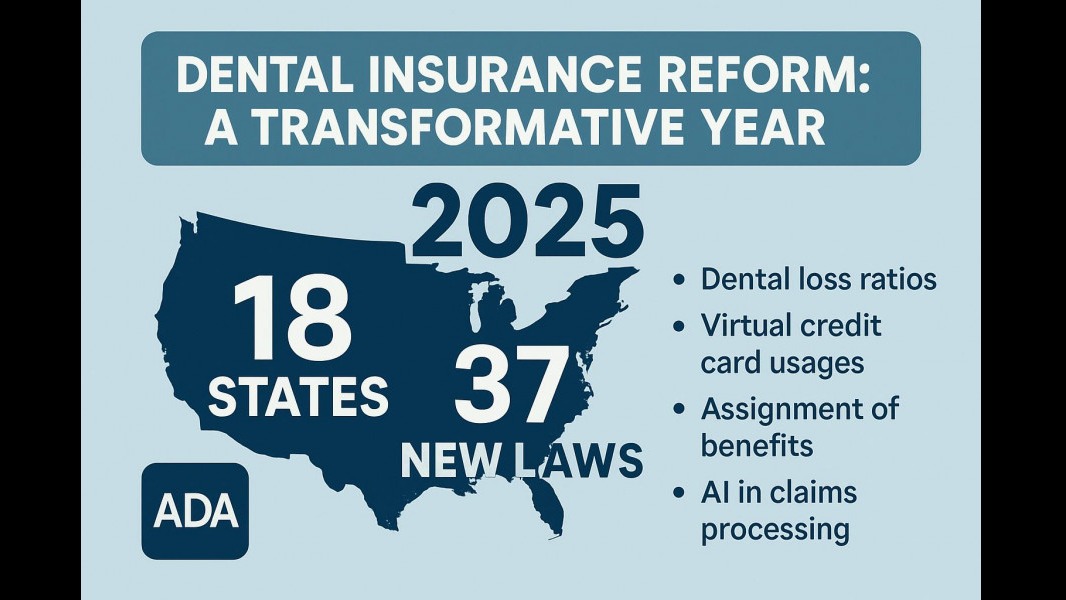
Understanding Edentulous Scanning: A Technological Transition
The advent of intraoral scanners (IOS) has significantly disrupted traditional dental impression methodologies. Edentulous scanning, previously viewed as a daunting challenge, is now feasible and increasingly practical. Not only have developments in IOS technology enhanced their capability, but they also provide a streamlined process for capturing the complexities of edentulous arches.
The Challenges of Edentulous Impressions
Traditionally, obtaining an accurate impression of an edentulous arch has been arduous, primarily due to several inherent obstacles. The absence of teeth—which serve as crucial reference points—poses considerable challenges to the scanning process. Additionally, the movement of mobile soft tissues, along with saliva management issues, complicate the clarifying details necessary for satisfactory impressions. Moreover, large scanning areas involved in capturing significant anatomical features can extend the scanning process and impact its accuracy.
Researchers emphasize that while traditional methods often leave room for distortions and inaccuracies, modern intraoral scanners mitigate these risks. Not only can practitioners see the quality of the impression in real time, but they can also rectify any capturing errors on-the-spot, thereby improving overall patient experiences and outcomes.
Modern Technology vs. Traditional Techniques: An Insightful Comparison
Studies comparing traditional impressions and digital scanning reveal intriguing insights. For instance, increased accuracy in IOS has been validated through recent research showing that digital scans yield results comparable to, if not better than, conventional techniques. A notable study conducted at University Hospital Heidelberg highlighted the inherent difficulties of capturing edentulous areas without key anatomical landmarks, underscoring the advancements necessary for a seamless digital transformation.
The Edge of Intraoral Scanners: Enhanced Accuracy
Today’s intraoral scanners feature advanced technologies such as larger fields of view (FOV) and improved image stitching algorithms. These enhancements enable them to better capture edentulous arches accurately. Notable manufacturers like 3Shape, Medit, and recently SHINING 3D with its Aoralscan Elite, have made significant strides in refining the capabilities of their devices to address the long-standing issues of digital impressions.
A Step-Forward in Digital Dentistry: Why Precise Scanning Matters
Accurate impressions are fundamental for optimal denture stability and retention. As outlined in various studies, such precision enhances masticatory function and increases patient satisfaction. Digital impressions taken with IOS not only reduce waiting times but also dramatically cut down the retake rates, which are costly in both time and resources. As highlighted by the analysis of the influence of operator experience, better-trained staff can utilize IOS effectively to capture high-quality impressions quickly.
The Importance of Operator Technique and Experience
It’s essential to recognize that despite the technological advancements in IOS, the operator’s skill remains a critical factor in achieving accuracy. Some studies emphasize that inexperienced operators may still struggle with capturing necessary details effectively. Thus, continued training and familiarity with each scanner’s specific features play a pivotal role in improving the outcomes for edentulous impressions.
Future Predictions: The Landscape of Dental Scanning
As intraoral scanner technology matures, the expectation is for even greater accuracy and ease of use. The integration of artificial intelligence and advanced software will likely lead to scanners that adaptively generate optimal scanning strategies in real-time, further reducing the burden on dental practitioners.
The continued evolution of intraoral scanning technology is no longer just about meeting current needs; it holds the promise of transforming how dental practices approach edentulous treatment. Enhanced accuracy will not only streamline clinical workflows but potentially redefine best practices in digital dentistry.
Conclusion: Embracing Digital for Enhanced Patient Care
In conclusion, embracing intraoral scanners for edentulous impressions represents an evolution towards precision and efficiency in dental practice. As manufacturers continue to innovate, practitioners must remain abreast of these advancements and prioritize technical training. By doing so, they enhance their practice's offerings while improving patient outcomes, ultimately elevating health care standards within the dental community.
 Add Row
Add Row  Add
Add 




Write A Comment